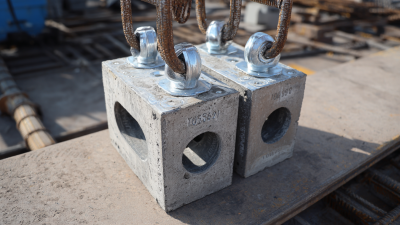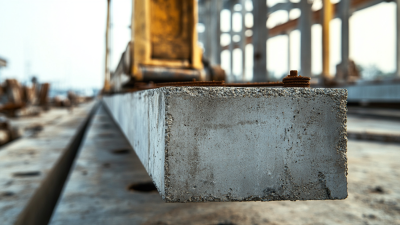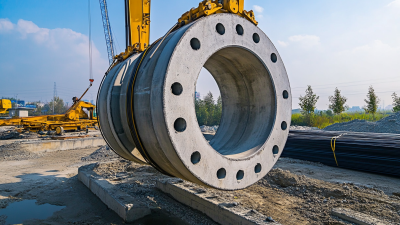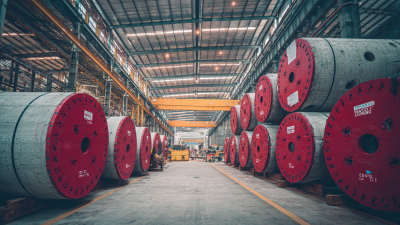In the realm of modern construction, the significance of effective lifting mechanisms cannot be overstated, particularly when it comes to precast concrete elements. Precast Concrete Lifting Eyes are essential components that facilitate the safe handling and installation of precast structures, which have gained immense traction due to their durability and cost-effectiveness. According to a report by the National Precast Concrete Association, the precast concrete market is expected to reach USD 117.3 billion by 2026, highlighting the increasing reliance on these components. The strategic use of Precast Concrete Lifting Eyes not only enhances operational efficiency but also mitigates the risks associated with heavy lifting. By delving into the functionality and applications of these lifting eyes, this blog aims to shed light on their crucial role in ensuring the integrity and safety of precast construction projects.
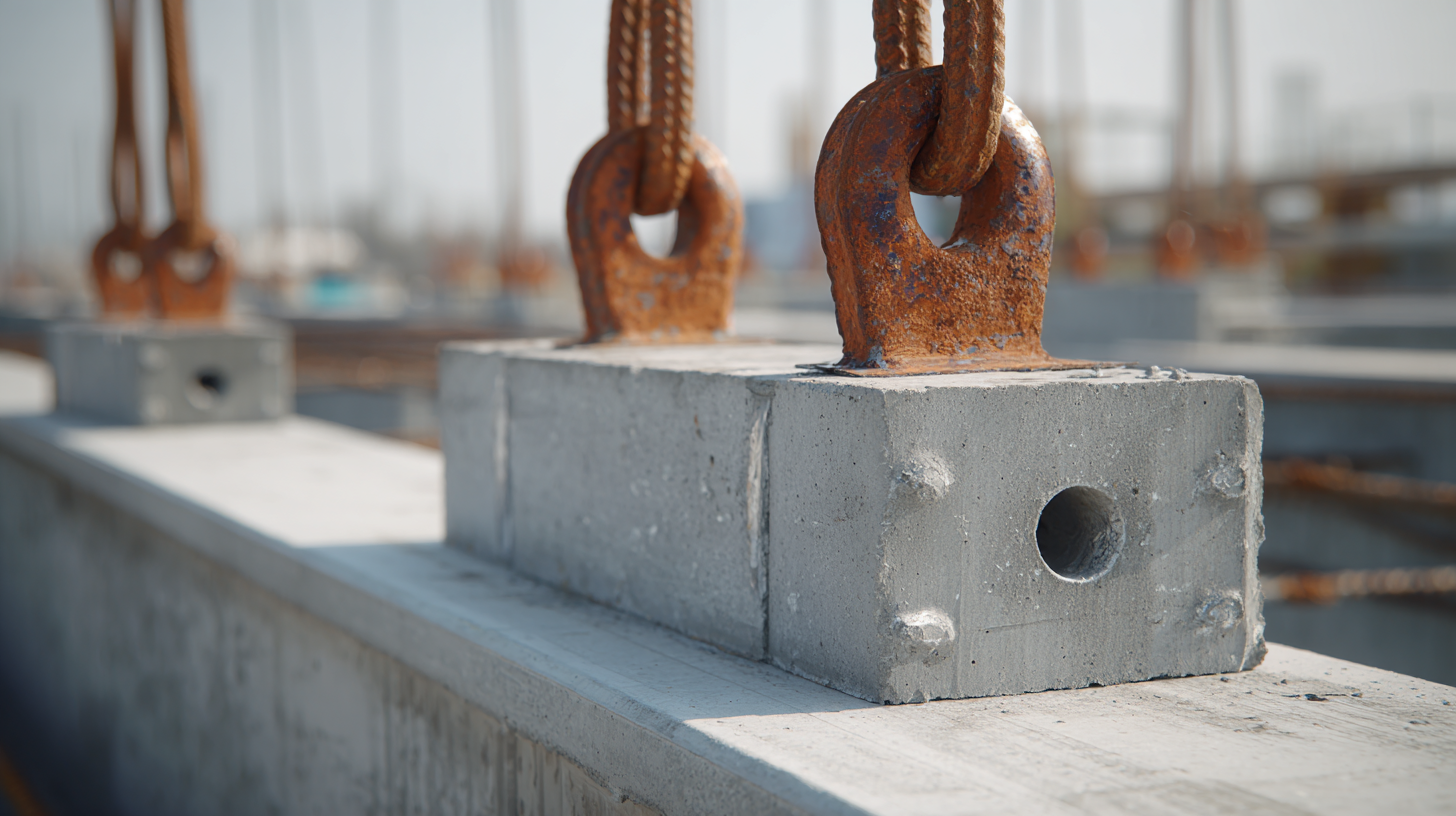
In modern construction, the role of precast concrete lifting eyes has become increasingly significant. According to industry reports, the global precast concrete market is projected to reach USD 116 billion by 2025, with lifting systems becoming a crucial element to enhance efficiency and maintain safety standards. Lifting eyes provide a safe and reliable method for transporting heavy precast elements, supporting construction teams in handling materials with minimal risk of accidents.
One of the key benefits of using precast concrete lifting eyes is the reduction of labor time associated with the installation process. A recent study indicated that construction projects utilizing efficient lifting systems can reduce installation time by up to 30%. This not only optimizes workflow but also ensures that deadlines are met even in tight project timelines.
**Tip:** Always ensure that lifting eyes are rated to handle the specific weight of the precast elements being lifted. Regular inspections before each use can prevent potential failure during lifting.
Furthermore, lifting eyes can be strategically positioned to balance loads correctly, minimizing the risk of tipping or damage. This is crucial in large projects where even minor mishaps can lead to significant delays and financial losses.
**Tip:** Keep a precise log of all lifting equipment and their maintenance schedules. This practice enhances safety and prolongs the life of your lifting systems.
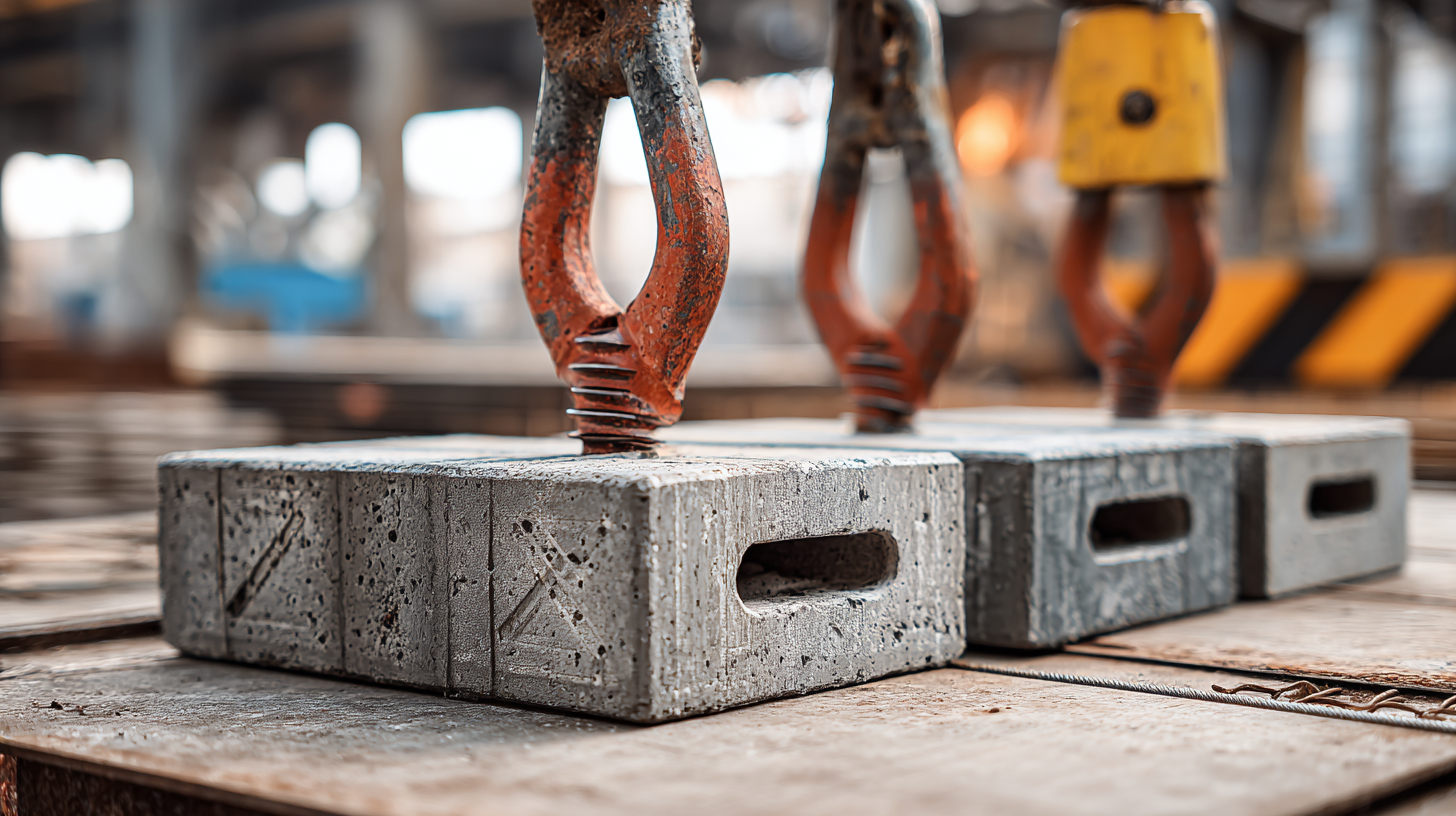
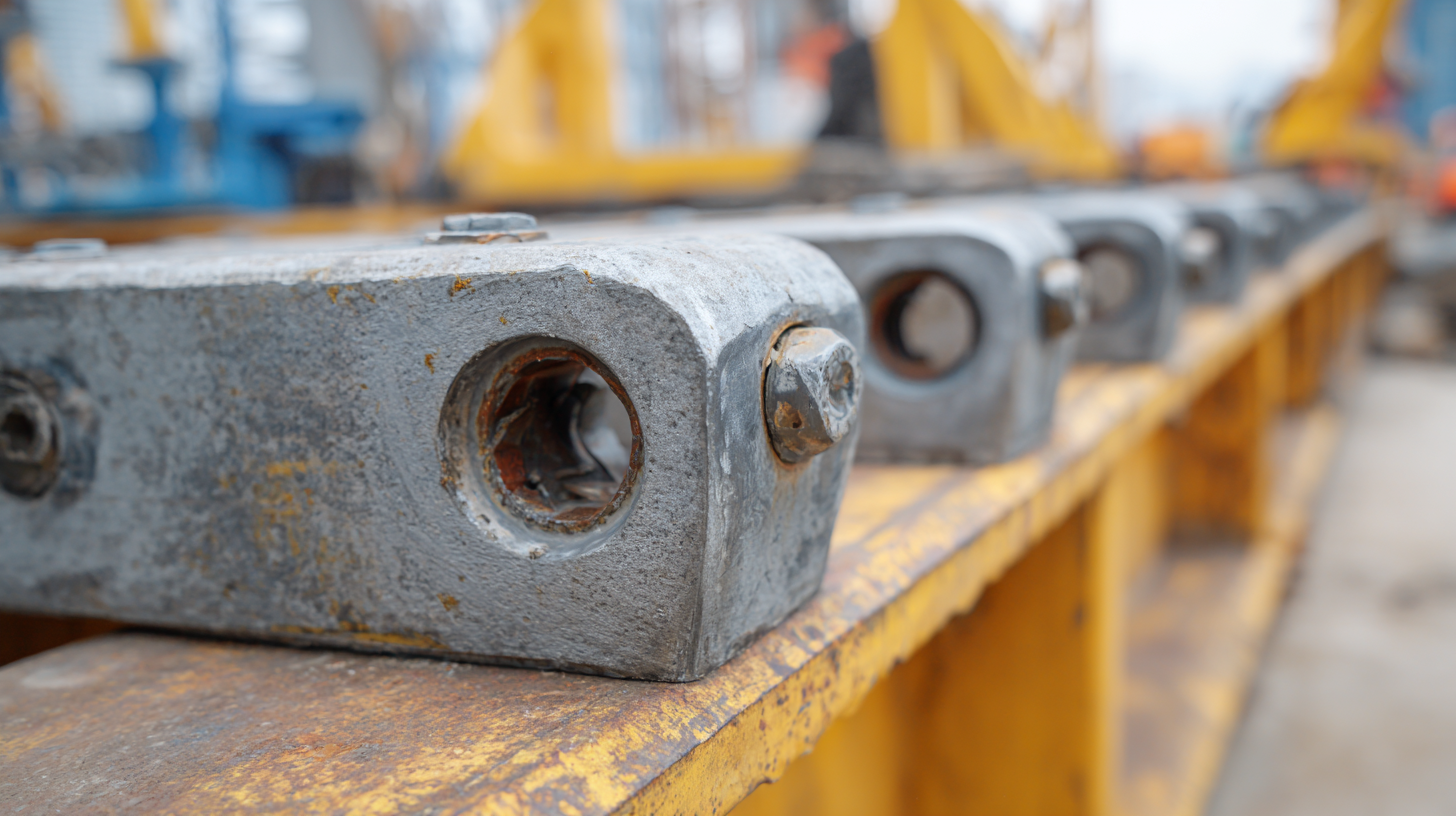 When implementing precast concrete lifting eyes, several key design considerations are critical to ensuring their effectiveness and safety during construction. First, the placement of lifting eyes must be strategically determined. They should be located at points that distribute weight evenly and align with the center of gravity of the precast element. This prevents undue stress on the concrete, reducing the risk of cracking or structural failure during lifting operations.
When implementing precast concrete lifting eyes, several key design considerations are critical to ensuring their effectiveness and safety during construction. First, the placement of lifting eyes must be strategically determined. They should be located at points that distribute weight evenly and align with the center of gravity of the precast element. This prevents undue stress on the concrete, reducing the risk of cracking or structural failure during lifting operations.
Additionally, the design of the lifting eyes themselves is vital. The dimensions and load-bearing capacity must comply with industry standards to accommodate the weight of the precast elements. Engineers often use finite element analysis to simulate the lifting process, which helps in optimizing the design for maximum efficiency and safety. Furthermore, selecting the right materials for the lifting eyes is essential; they should exhibit high tensile strength and corrosion resistance to withstand the various environmental conditions they will encounter on-site.
By addressing these design factors, construction teams can ensure that the lifting eyes not only facilitate the handling of precast concrete but also enhance the overall safety and reliability of the construction process.
When it comes to precast concrete lifting solutions, adhering to industry standards is paramount to ensure safety and structural integrity. Compliance with guidelines, such as those set forth by the American Concrete Institute (ACI) and the Precast/Prestressed Concrete Institute (PCI), is essential for contractors and engineers alike. These organizations provide crucial specifications regarding the design, testing, and installation of lifting eyes, promoting uniformity and safety in construction practices.
Tips for ensuring compliance include conducting regular inspections of lifting eyes to verify their integrity and alignment with established standards. It's important to engage with certified professionals who understand the complexities of precast components. Adequate training for workers involved in the lifting and handling process is also vital, as it enhances awareness of best practices and safety measures.
Moreover, proper documentation and record-keeping related to lifting eye specifications and test results will not only contribute to compliance but also mitigate risks associated with construction mishaps. Staying informed about updates in industry regulations ensures that your lifting solutions are not only effective but also meet the stringent safety requirements.
| Dimension | Value | Compliance Standard | Notes |
|---|---|---|---|
| Lifting Eye Diameter | 30 mm | ASTM A36 / A36M | Standard diameter for most precast applications. |
| Load Capacity | 2,500 kg | API Spec 2C | Designed to safely handle loads up to this limit. |
| Material | Steel | ISO 9001 | High-strength steel is used for durability. |
| Installation Depth | 200 mm | ACI 318 | Minimum depth for secure anchoring in concrete. |
| Testing Standards | N/A | ASTM E488 | Must undergo load test as per standards. |
Precast concrete lifting eyes
play a crucial role in ensuring the safety and efficiency of construction projects.
Evaluating load capacities and safety factors in precast concrete lifting systems is essential, particularly when integrating advanced materials like
ultra-high-performance concrete (UHPC).
The significant mechanical properties of UHPC, including its high compressive strength and durability,
enhance the performance of precast elements,
making them suitable for various applications, including challenging environments.
In scenarios where precast concrete beam-to-column connections are subjected to severe fire conditions, understanding the load distributions and potential weaknesses becomes vital.
Recent research on the impact of shear forces at dapped ends of prestressed concrete girders highlights the importance of
precise load ratings
to uphold structural integrity. With ongoing advancements and testing methods,
such as proof load testing,
engineers can better predict and ensure the reliability of precast concrete systems, ultimately enhancing safety on construction sites.
In recent years, innovative technologies have significantly enhanced the functionality of lifting eyes in precast concrete applications. These advancements are not only improving safety during lifting operations but also increasing overall efficiency in construction processes. For instance, the integration of smart sensors into lifting eyes allows real-time monitoring of load conditions, ensuring that the lifting apparatus can handle the weight without risking structural failure. This technology helps contractors make informed decisions, leading to safer and more reliable handling of precast elements.
Moreover, the development of advanced materials has improved the durability and performance of lifting eyes. High-strength composites and corrosion-resistant finishes extend the lifespan of these crucial components and reduce maintenance costs. By employing design software that caters to the specifics of each project, engineers can now create custom lifting eyes tailored to the unique demands of diverse precast concrete products. As a result, the effectiveness of lifting strategies is maximized, enabling smoother operations on-site and facilitating the streamlined assembly of structures.
